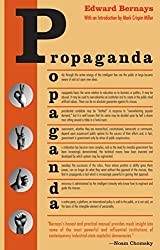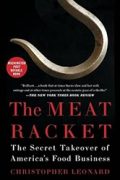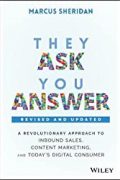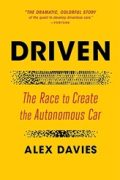
Rating: 8.0/10.
Summary
Handbook on propaganda written by the “father of public relations” Edward Bernays in 1929. The word “propaganda” did not always have a negative connotation, it used to be neutral like “marketing” and only acquired its negative connotation after WW1. Bernays created a number of influential propaganda campaigns, and in fact, nearly all of the examples in this book were his own work. Examples include selling pianos by convincing people they needed a music room, or selling bacon by paying doctors to recommend it to their patients.
The main idea of this book is that propaganda is very useful for a variety of different organizations. It is easy to manufacture millions of some widget in a factory, the harder part is convincing millions of people that they need this widget. The old strategy is directly telling people why they should buy the product, but a more effective strategy is to convince people that they need the product without them realizing it, and then sell it to them. To do this, you get the leaders of various organizations to promote it to their followers, and set up exhibitions and competitions so that your product is associated with prestige. This is effective because people are herd-followers. This type of propaganda may be expensive, but it’s worth the cost because it gets you results.
Thoughts
Bernays views propaganda as a useful tool for a small elite to control the masses. He doesn’t see any moral issues with this: the world is too chaotic, and people need an “invisible government” to tell them what to eat, what to wear, who to vote for, etc, so that order can be maintained. The book itself is a marketing tool to get leaders of various organizations to buy the author’s services. Over time, our society has become more individualized, so it’s no longer acceptable to write a book on manipulating the public that reads like a manual on how to herd livestock, but undoubtedly, similar techniques are still in use today.



